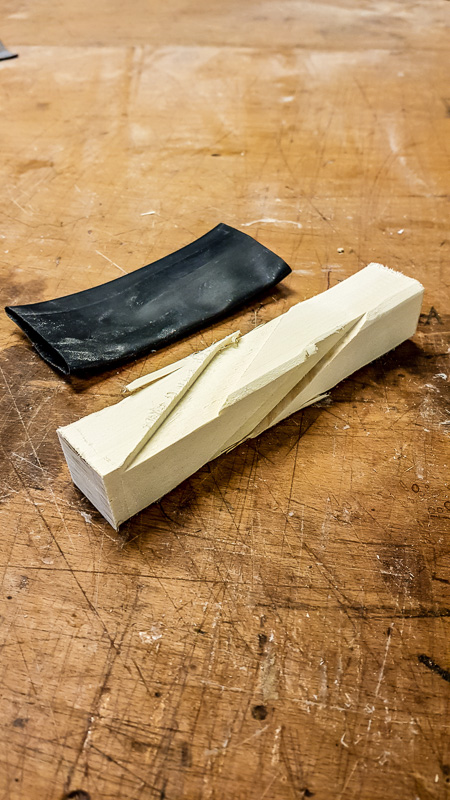
Droplet design language
The design motif consists of four droplets rotating around the bottle itself. We wanted the bottle to reflect the area of use, the toilet, and it’s flushing motion.


We felt that continuing in this direction could challenge the designers at Orkla as to what they considered suitable for shrink wrapping.